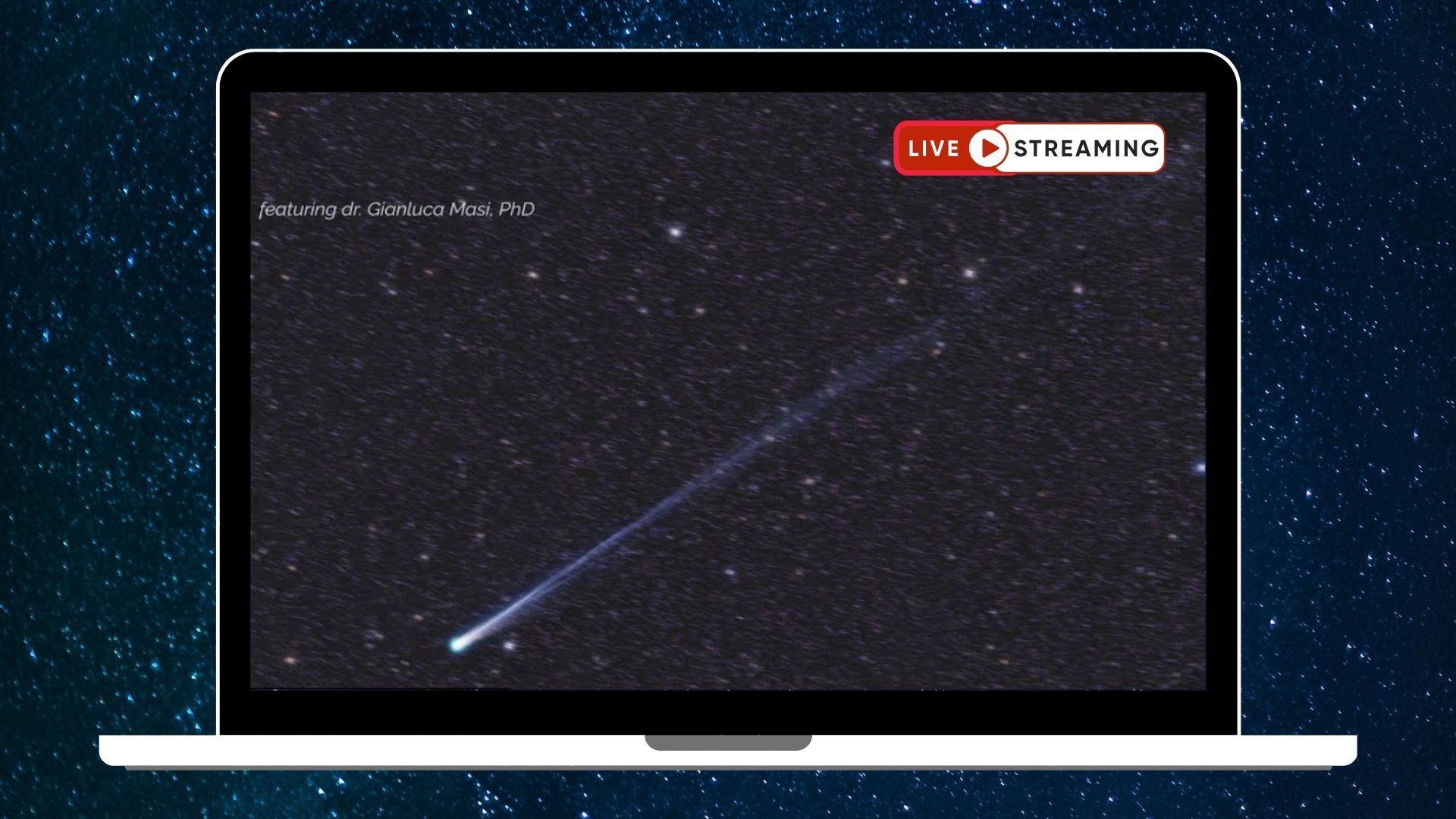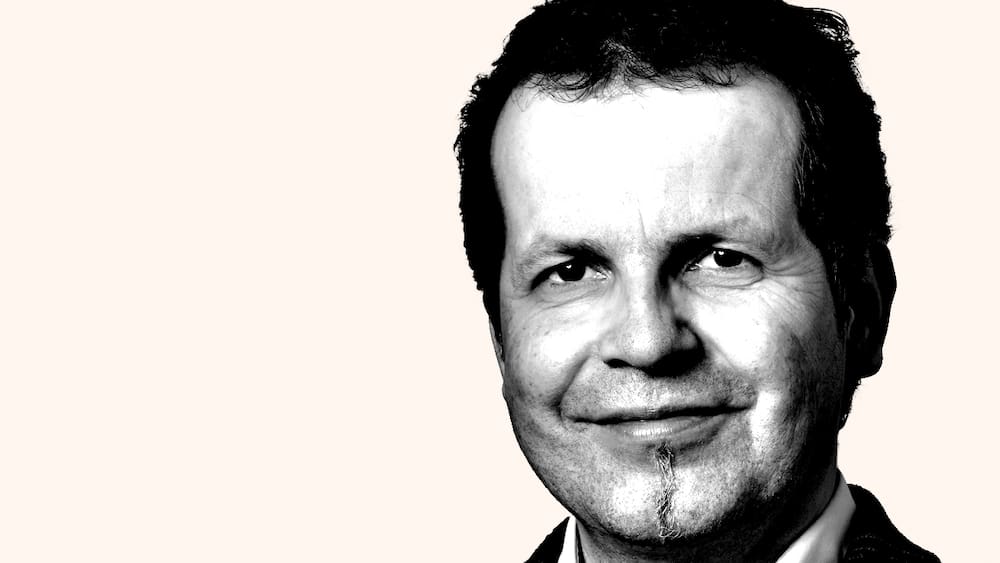Dr. read it. Elephant. Daniel Arnett
It’s a strange experience: I walk around my plate trying to pick up something. Finally finished, I bring food to my mouth and try to figure out what I’m eating – cold, a little slippery, very unsalted. Amazingly, after a few minutes we can grab the glasses with the wine without spilling and bring it up to our lips. It’s the beef that I wash, I found out after my first dinner at Blind Kuh.
Berlin author Bernd Brunner (57) wrote in his recently published book The Book of the Night: “You enter dark restaurants through a light lock.” “The senses are challenged in a whole new way: at dinner in a very dark guest room, the eyes enjoy a well-deserved rest.” A rare experience in today’s world where people subdue everything to the sense of sight and turn night into day. They are displacing the darkness more and more.
“Only humans came up with the idea of deliberately lighting the night with fire,” says Brunner. Before that, the calculation was simple: “Night is where the sun sets” – that is, when the Earth rotates so far in its daily rotation that one is on the shadow side. The so-called “Terminator”, the boundary of day and night, moves near the equator at a speed of 1670 km/h in a westerly direction across the Earth. This way, day and night are in balance throughout the year.
Ancient cultures counted the time by night, Brunner says: “In Sanskrit, instead of ‘day’, the phrase ‘night at night’ is used – nicanicam.” In ancient Mesopotamia there was night prayer and people viewed the stars and planets as part of the cults – for example on New Year’s Day in the stepped temple tower (ziggurat) at Ur. Finally, in ancient Egypt, some ceremonies and mysteries took place in the evening and at night.
Even in the pre-industrial age, before artificial light began its triumphant march, the secular hustle and bustle of city streets stopped at dusk, and public life largely faded away. Brunner cites the impressive passage in which Jean-Jacques Rousseau (1712-1778) describes how he tried in vain to reach the safe city of Geneva before the city gates were closed for the night. “With industrialization, the speed at which active life turns to night has accelerated,” Brunner continues.
People turn the natural alternation of day and night upside down in order to create what the American art critic Jonathan Crary (70) appropriately identifies with the title of his book 24/7 – Schlaflos im Spätkapitalismus (2014). Brunner: “According to Craary’s understanding, sleep, for which he has strived in spite of all efforts, would be an act of resistance against intrusive preoccupation.” The darkness of the night as an increasingly rare resource that must be defended.
Bernd Brunner, “The Book of the Night”, Galliani

“Explorer. Communicator. Music geek. Web buff. Social media nerd. Food fanatic.”







More Stories
A fossilized creature may explain a puzzling drawing on a rock wall.
MrBeast Sued Over ‘Unsafe Environment’ on Upcoming Amazon Reality Show | US TV
Watch comets Lemmon and SWAN approach Earth today